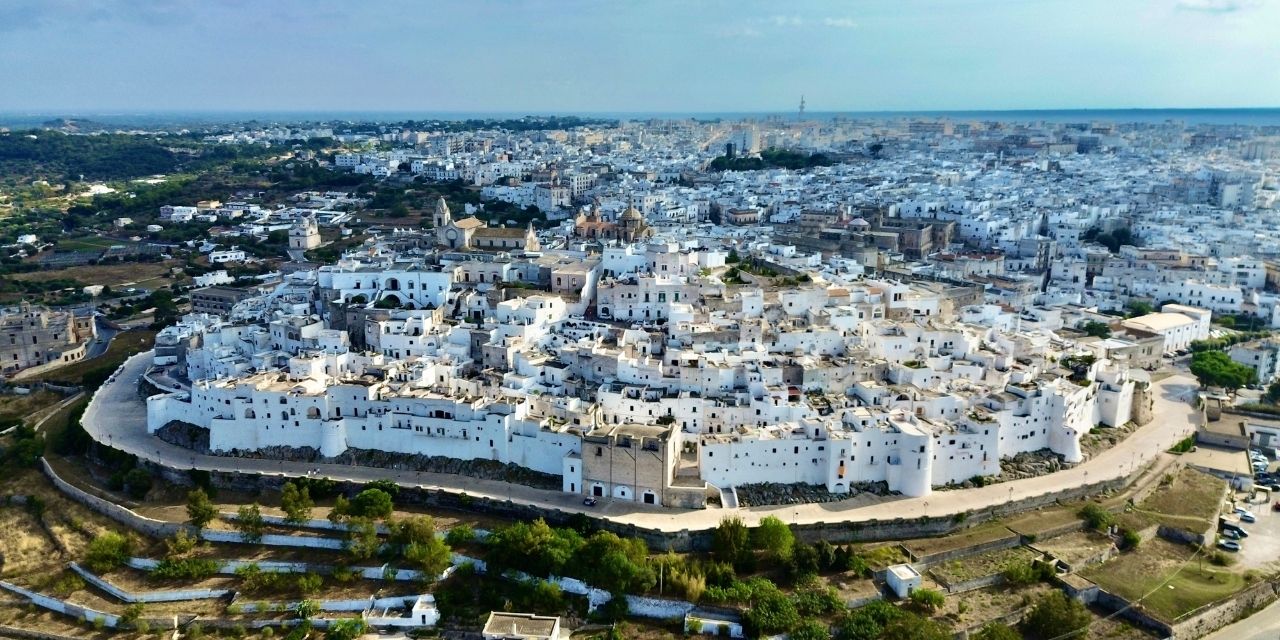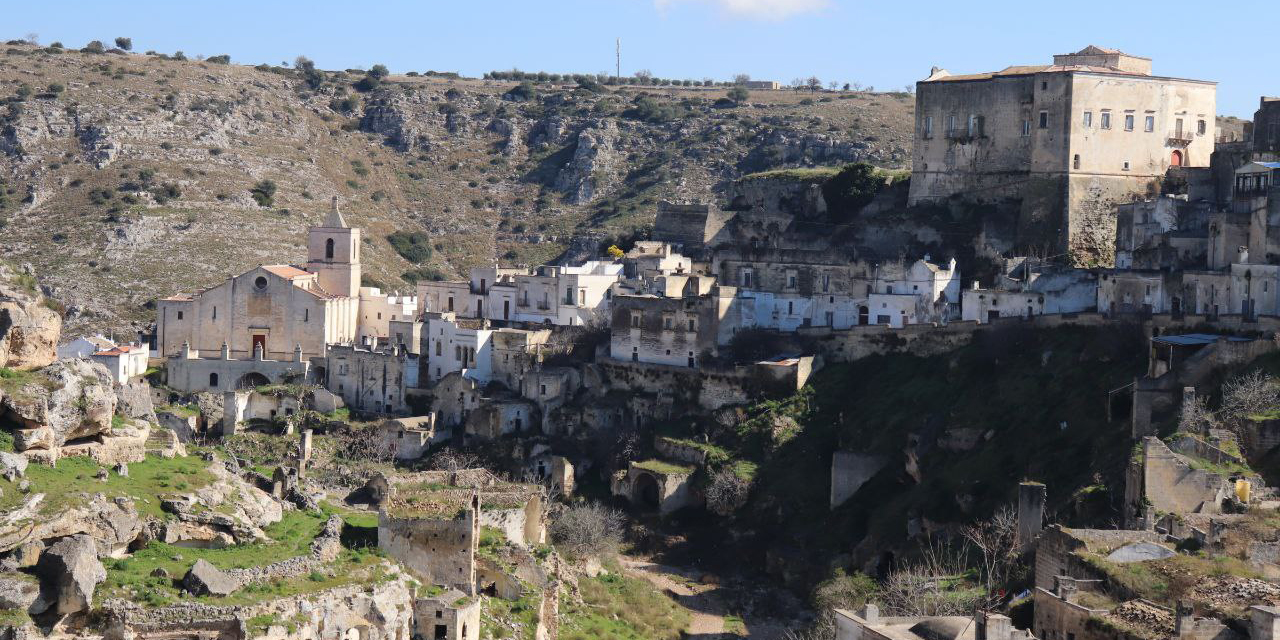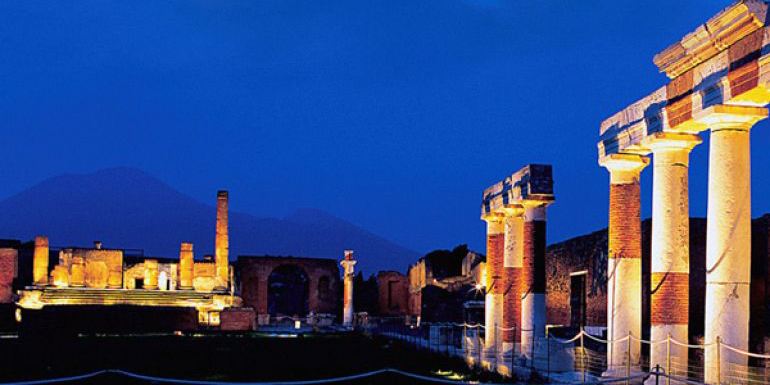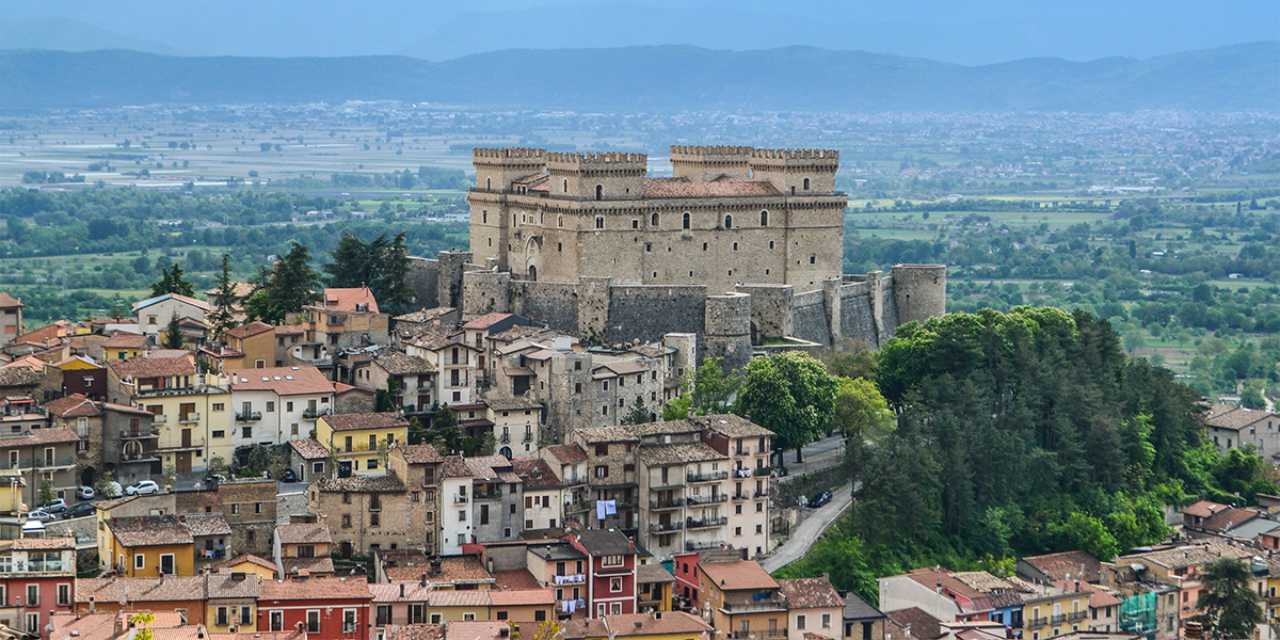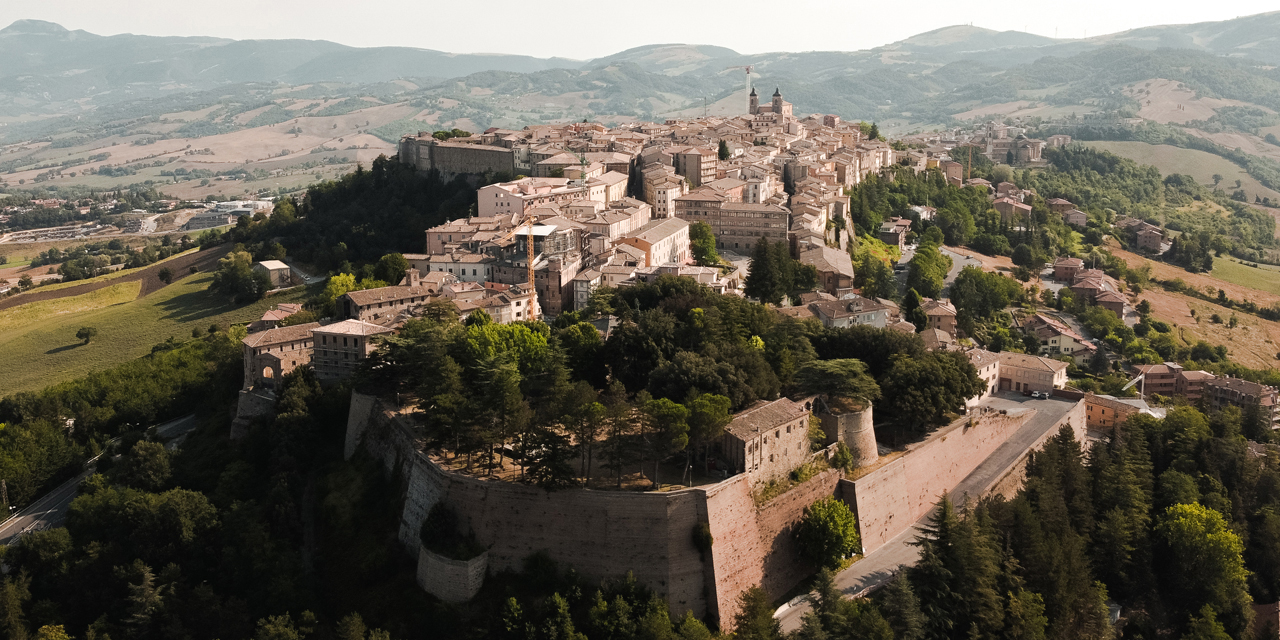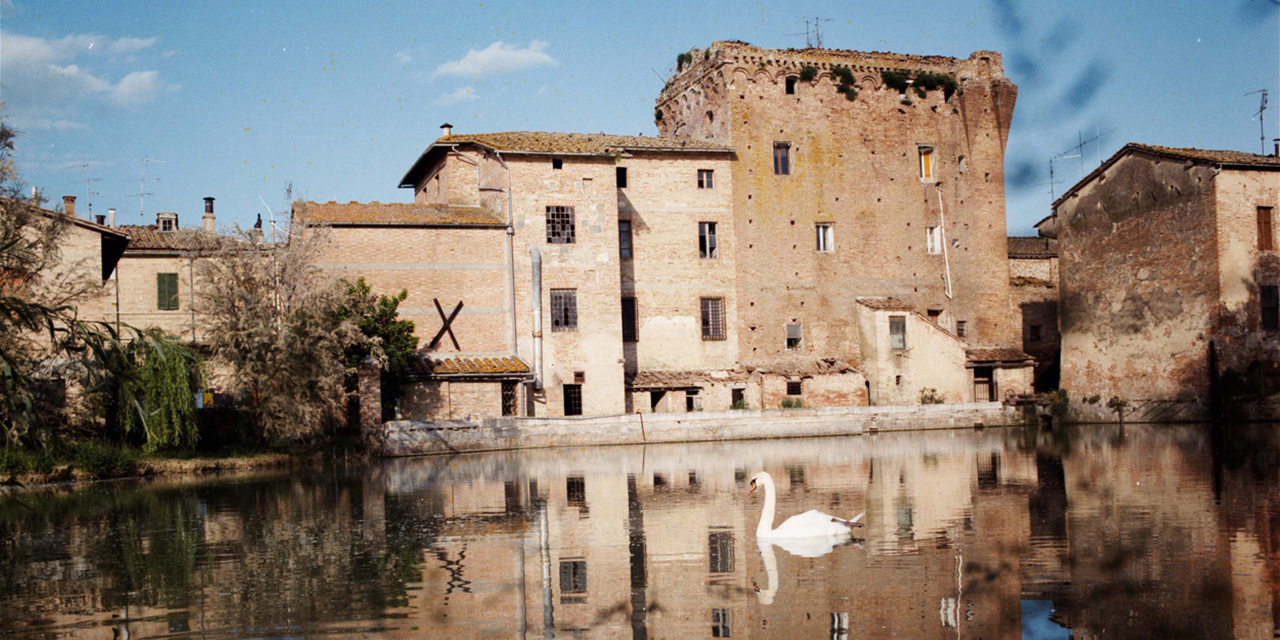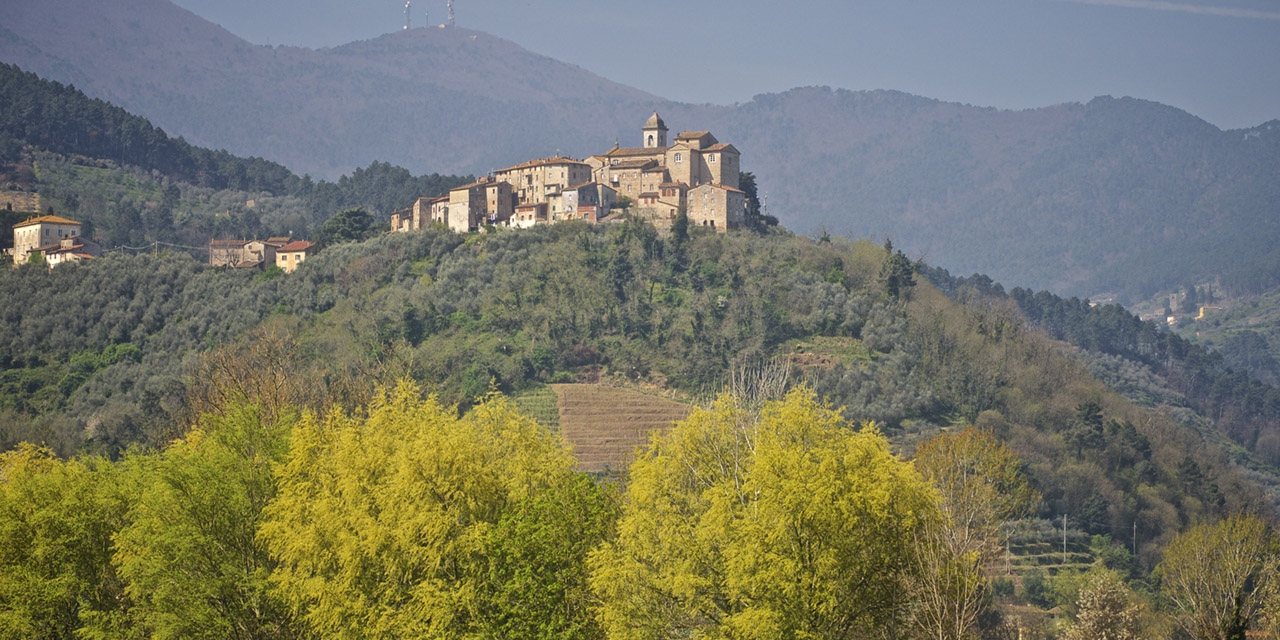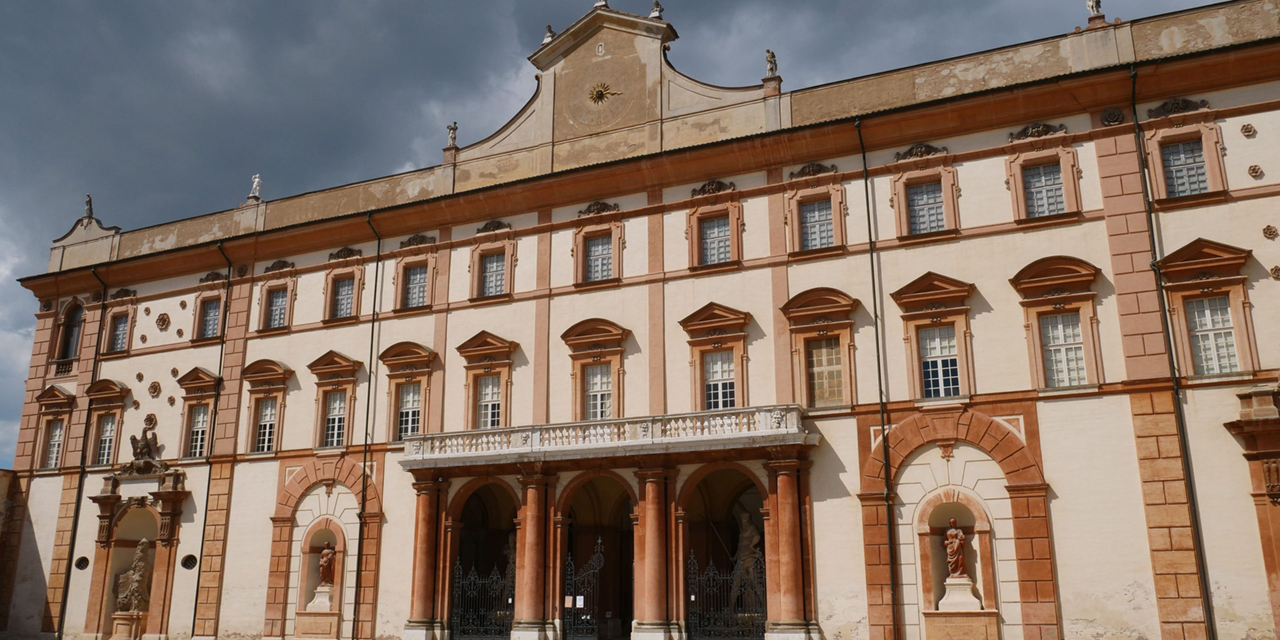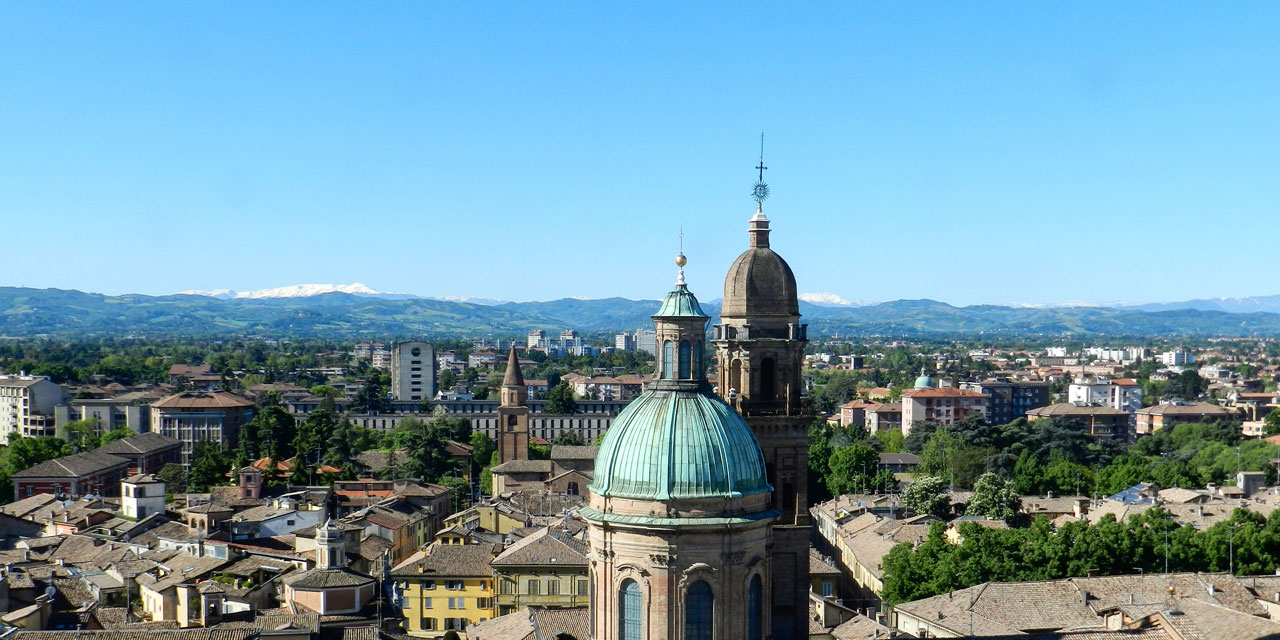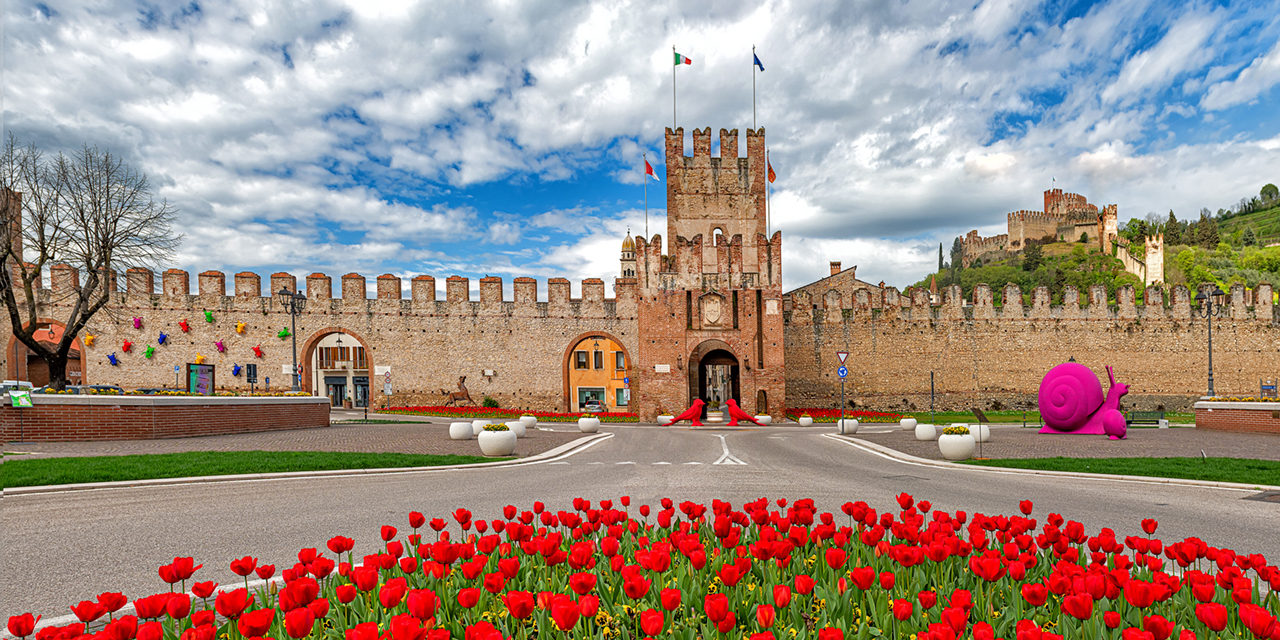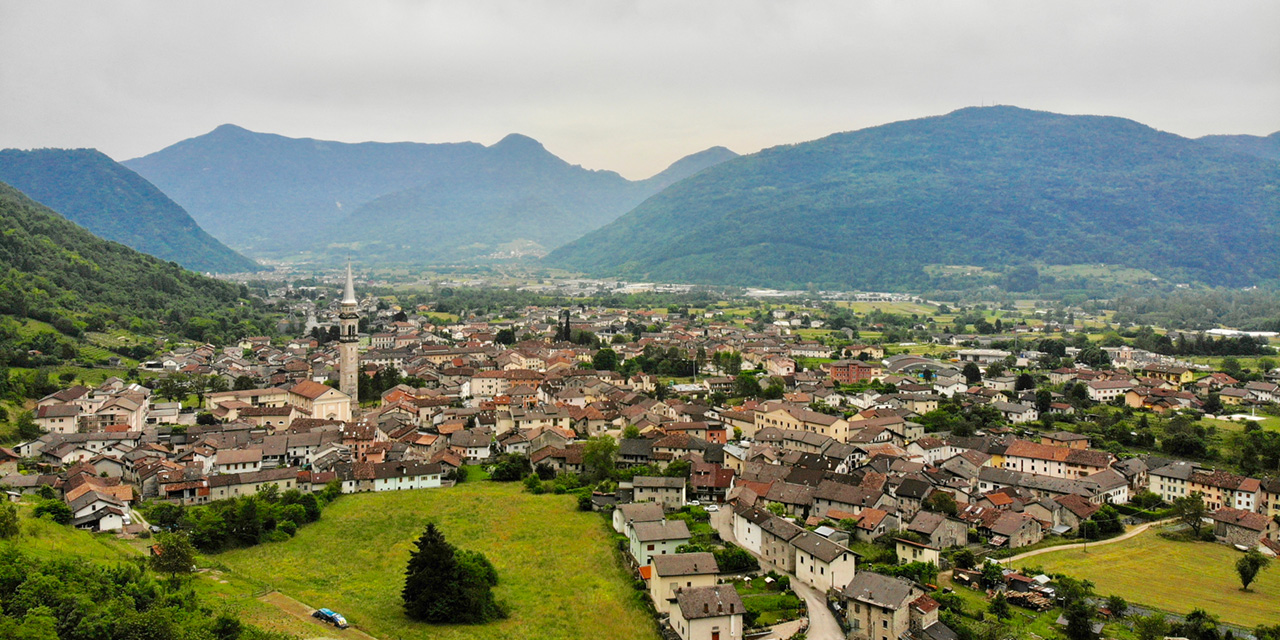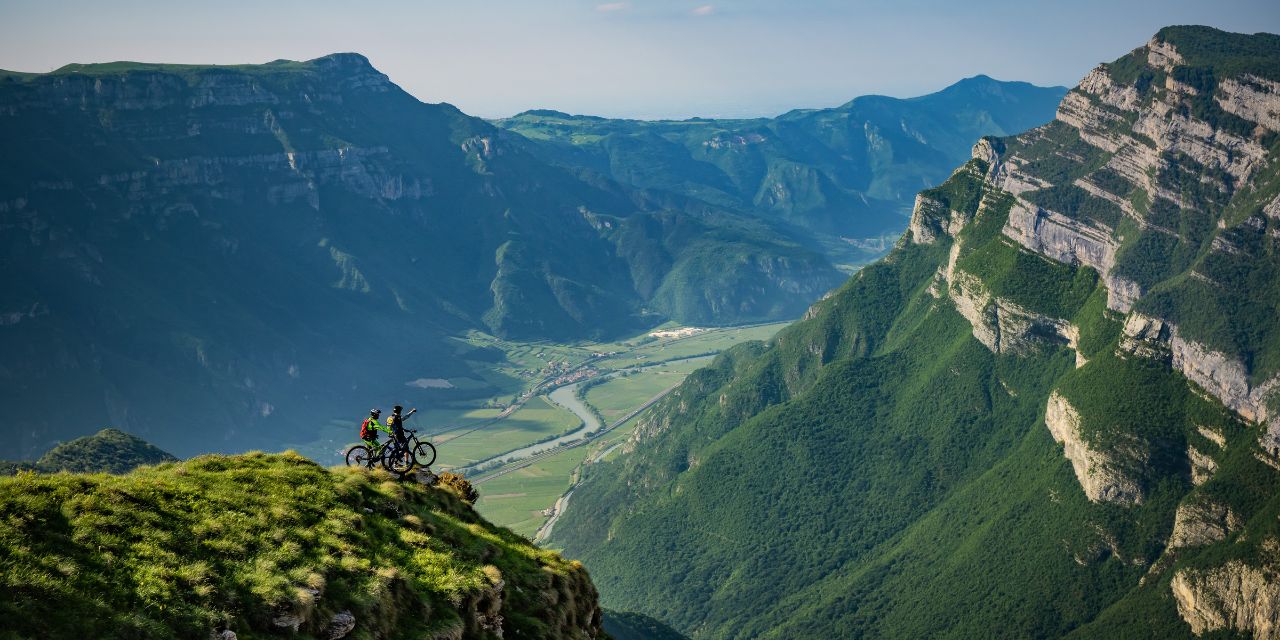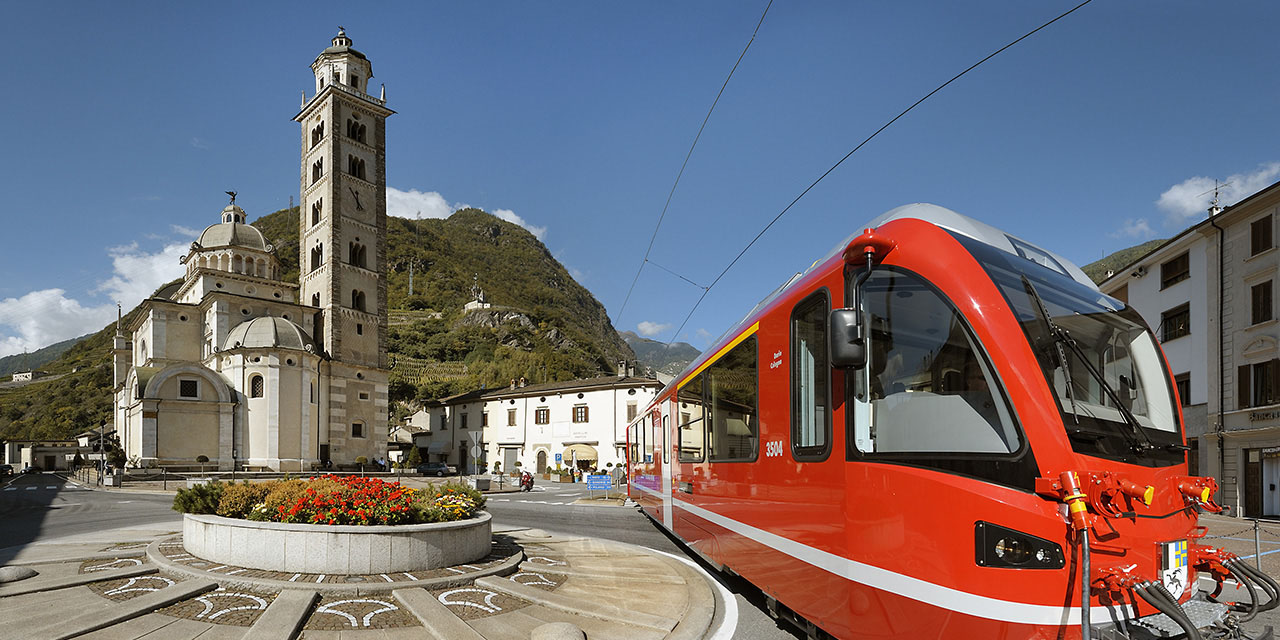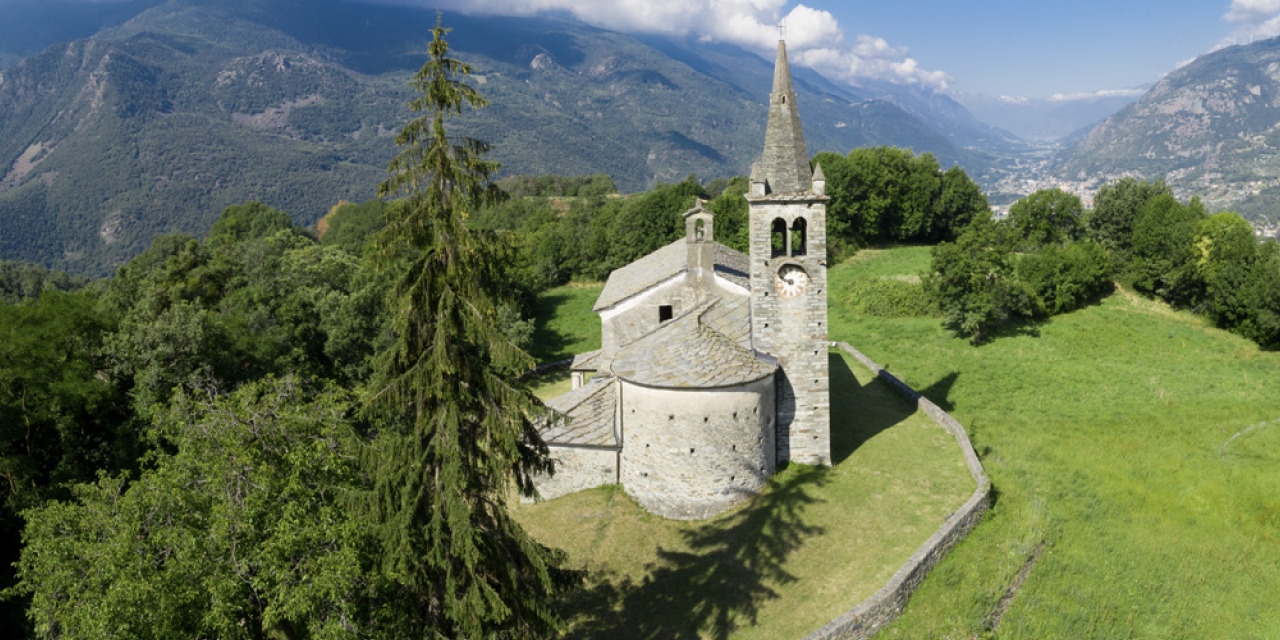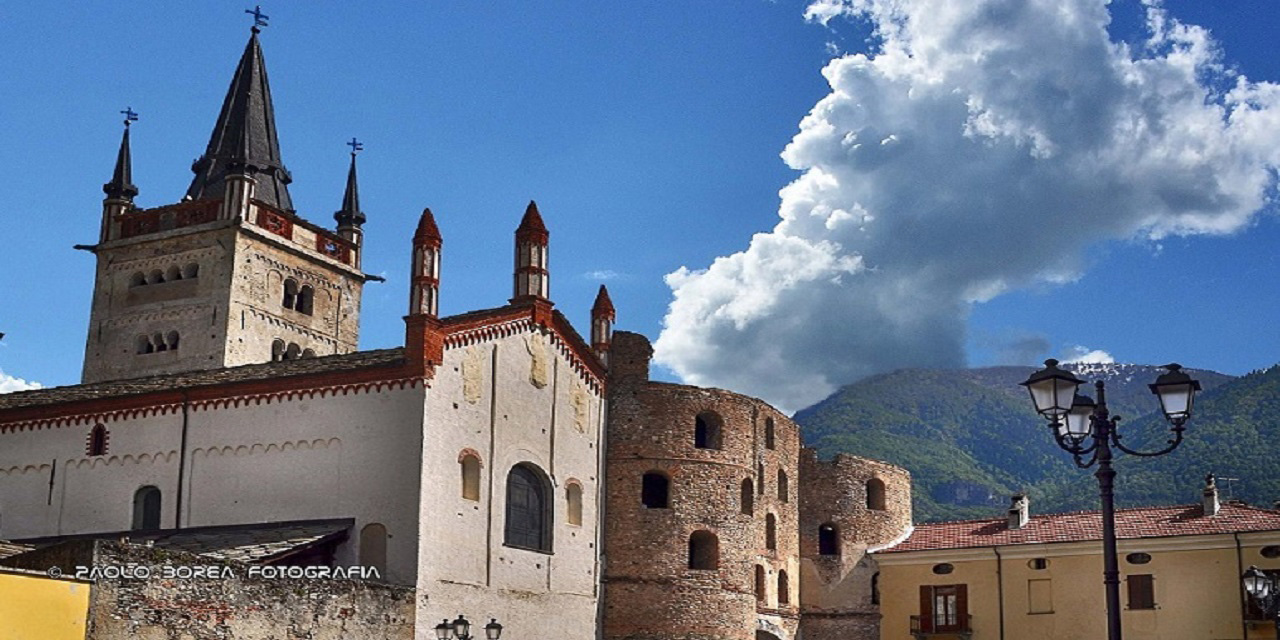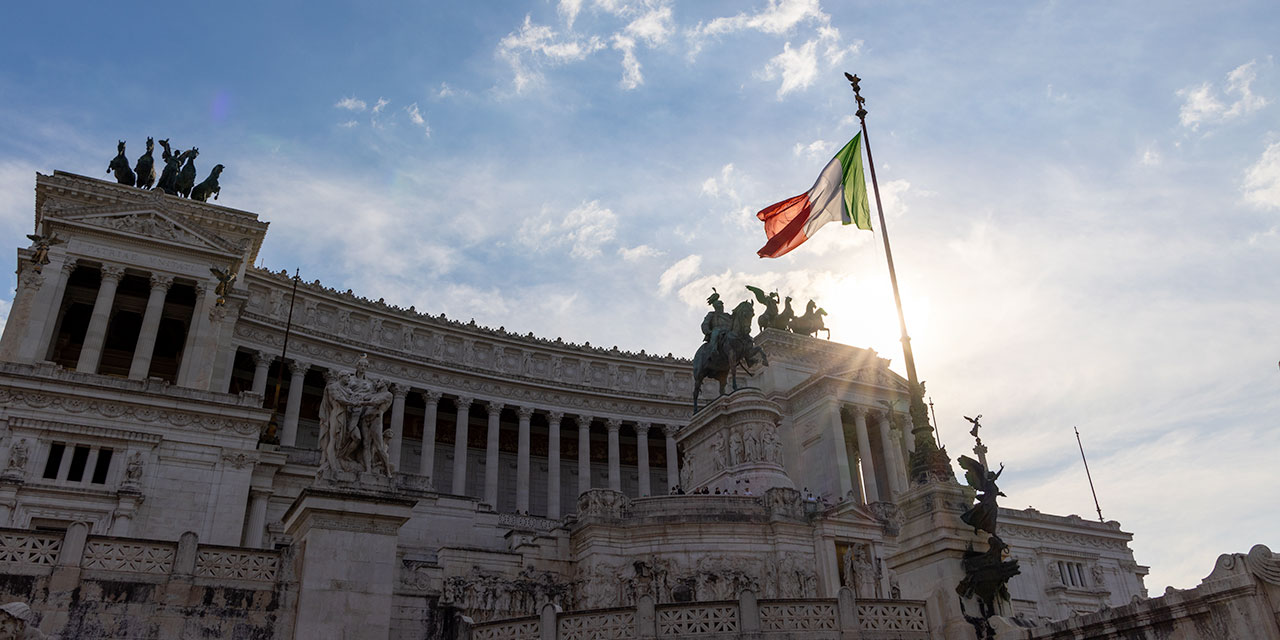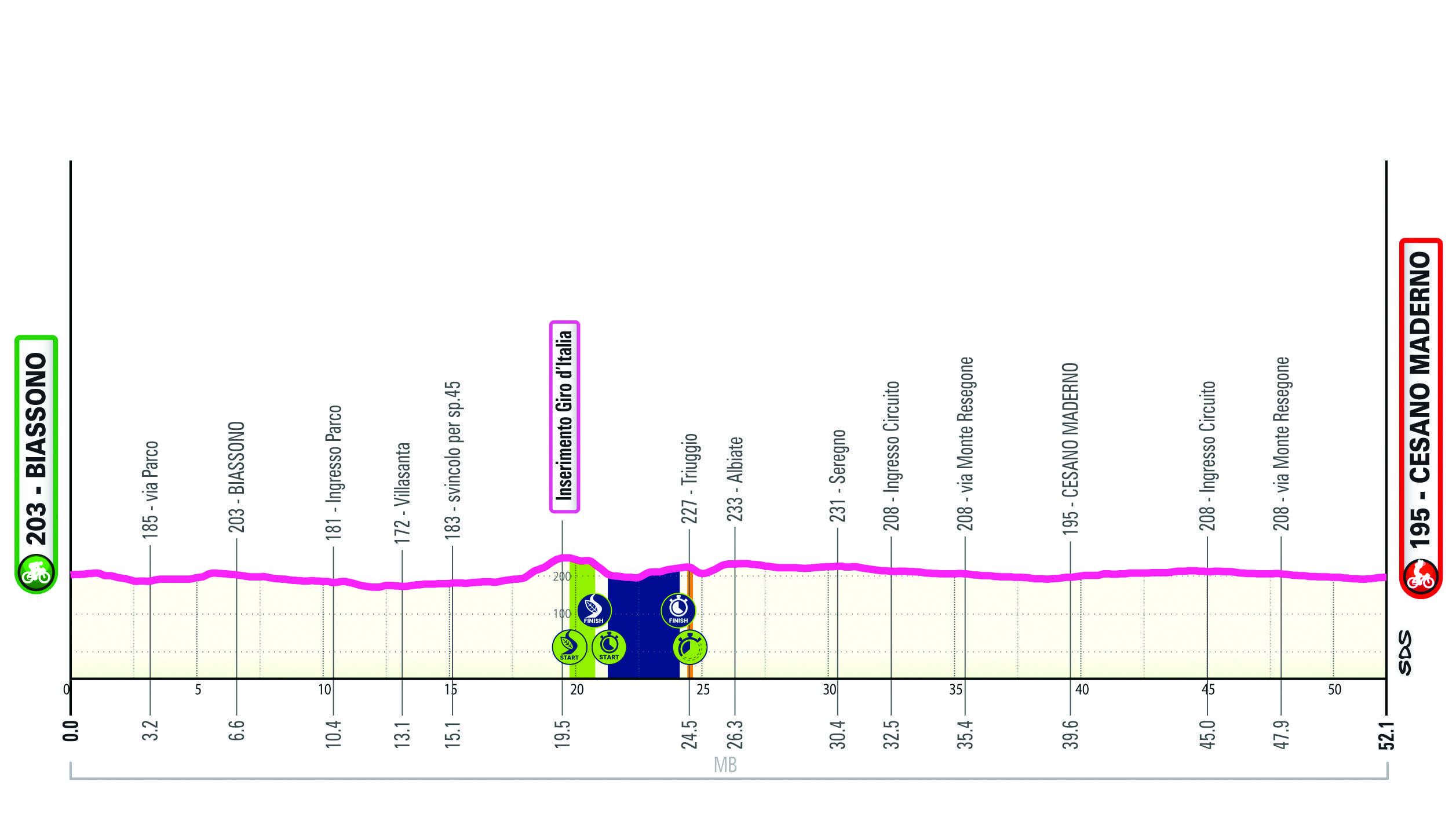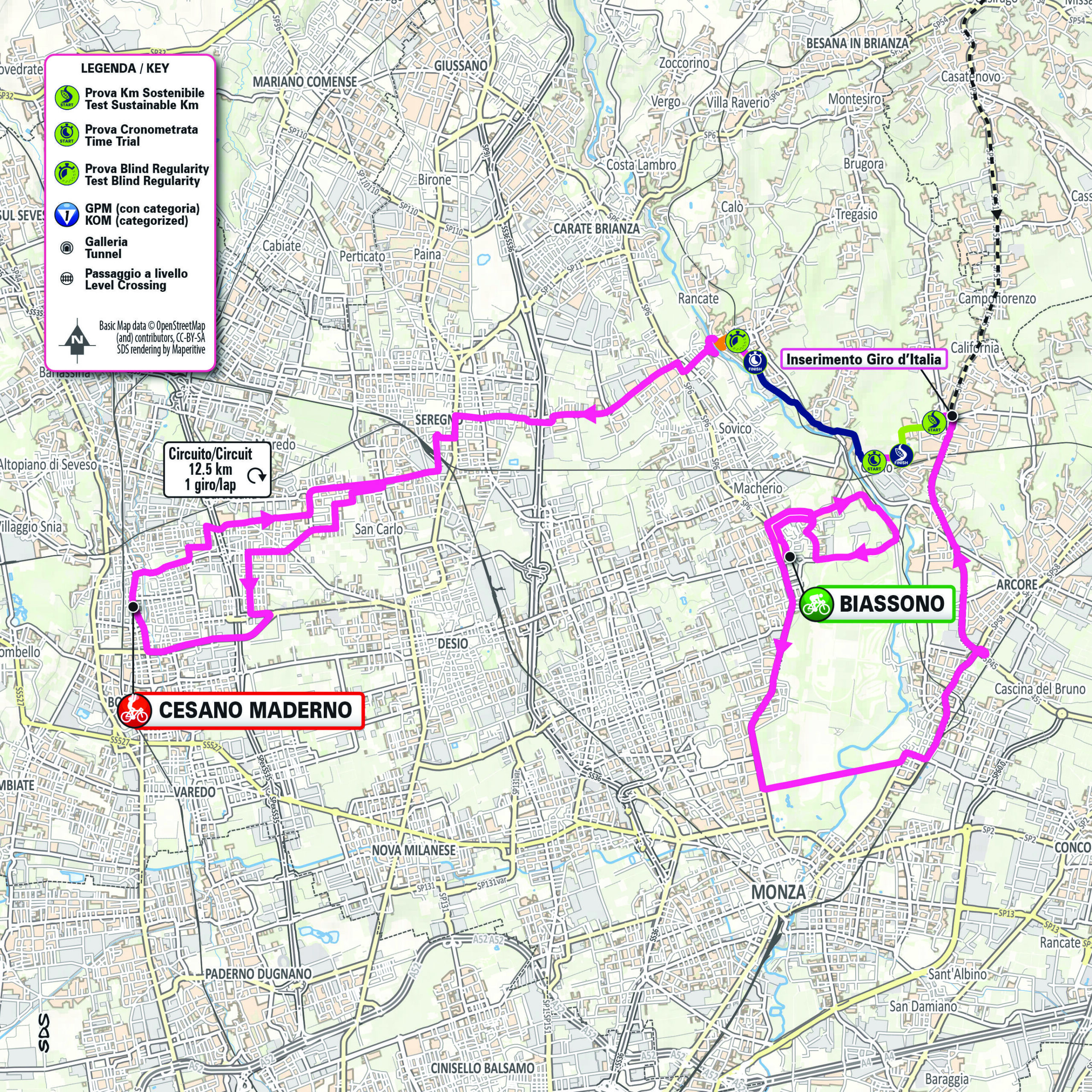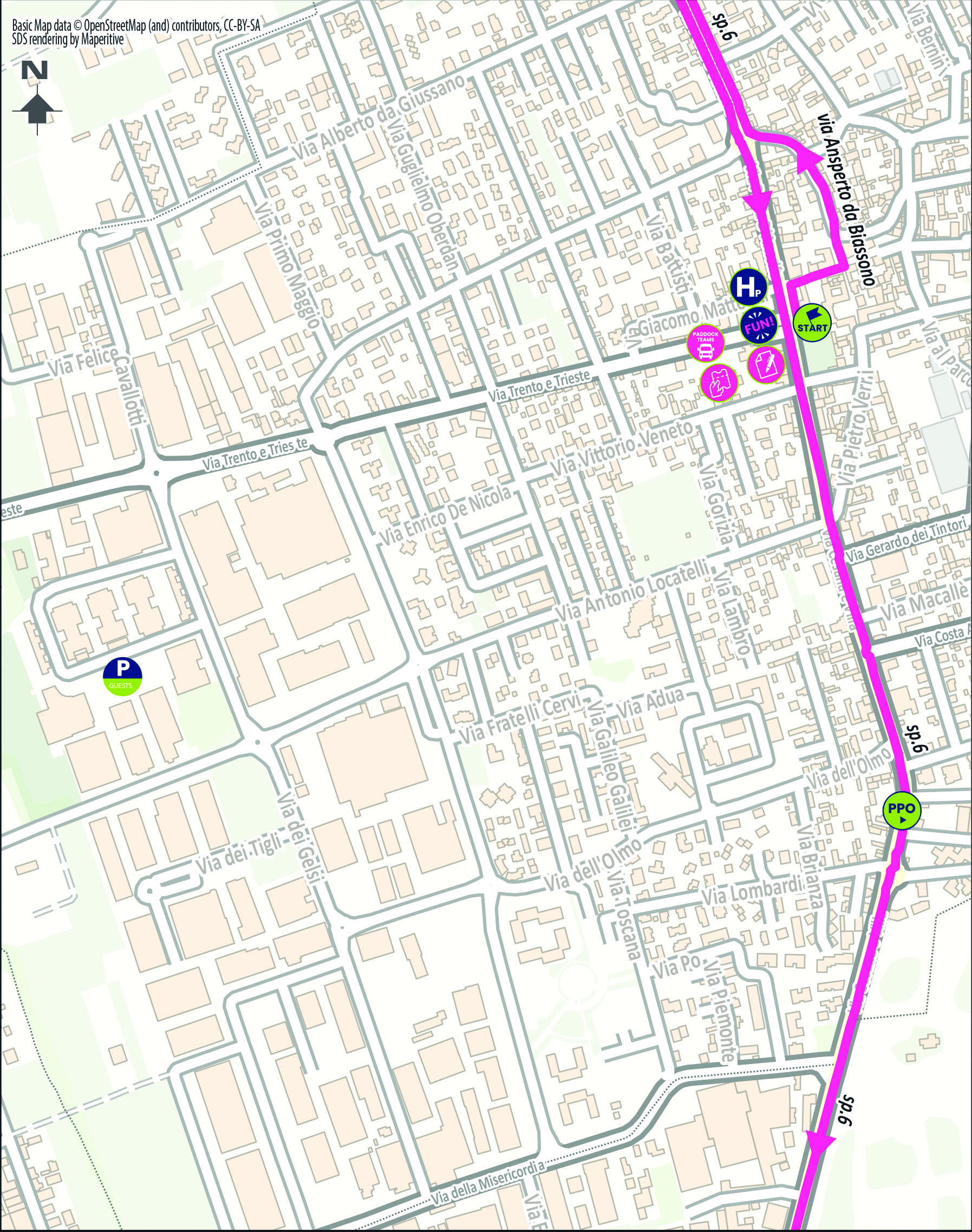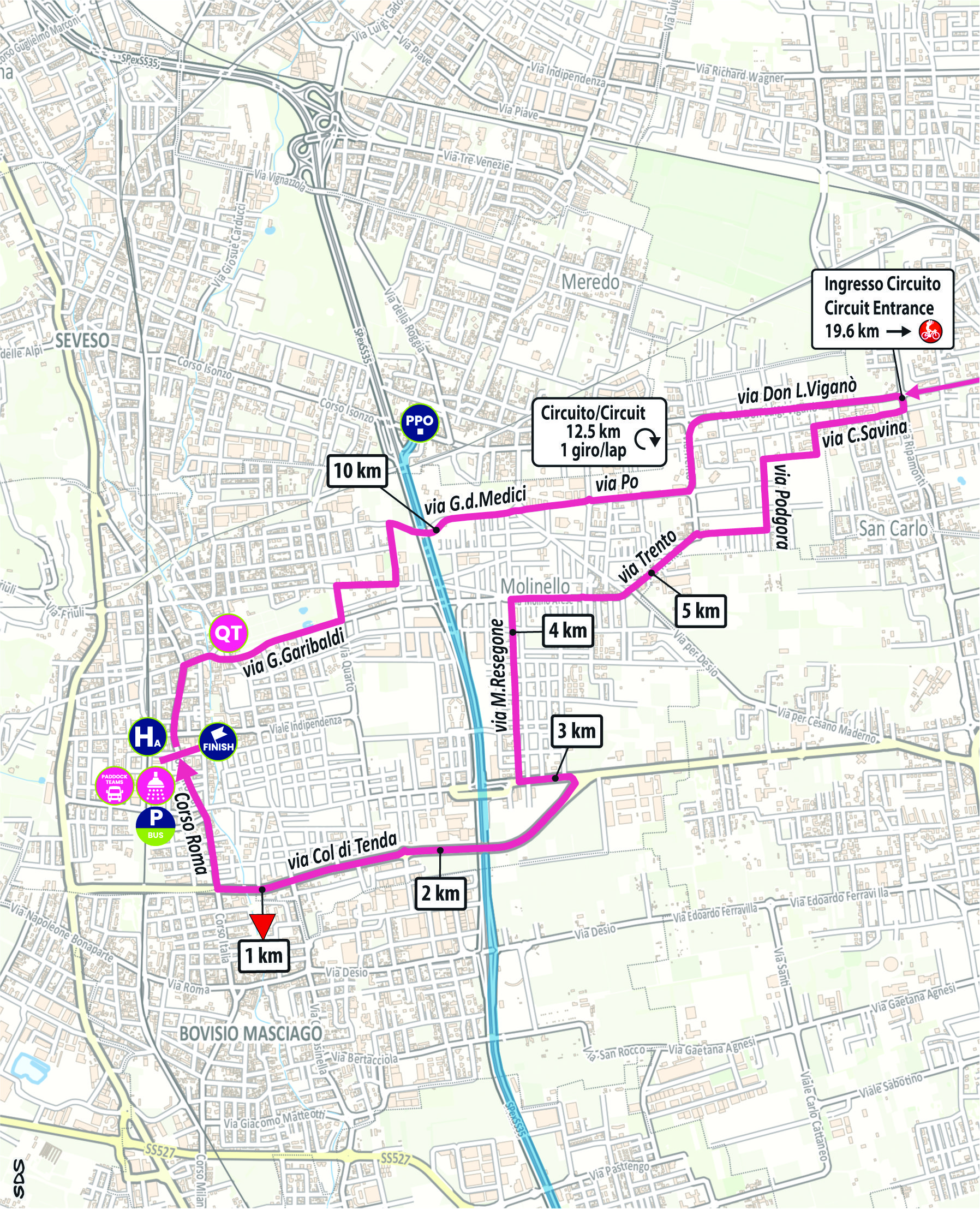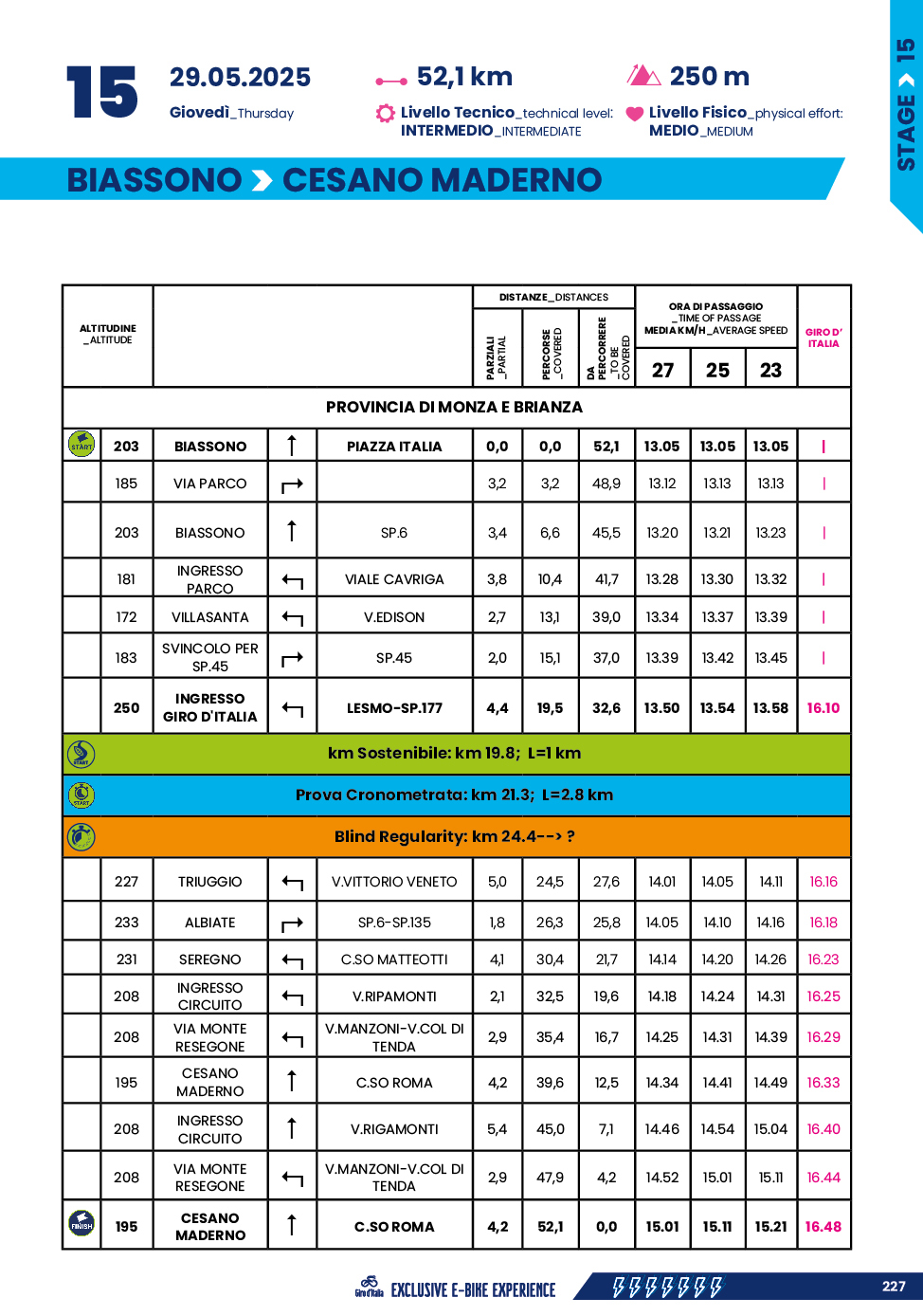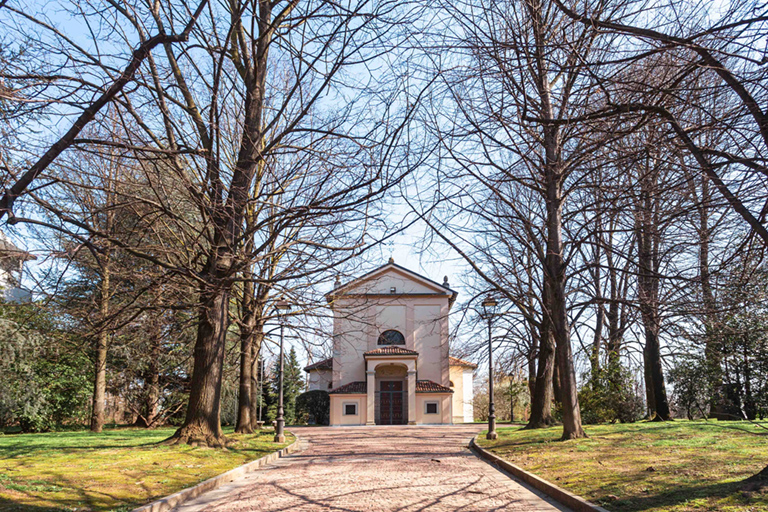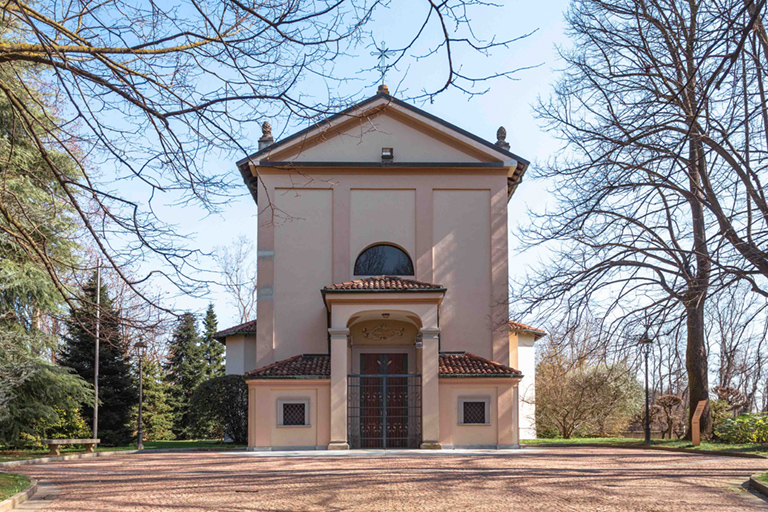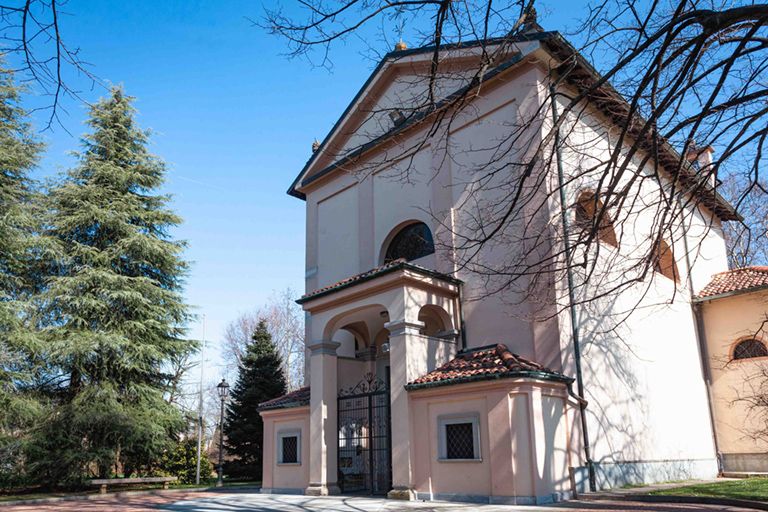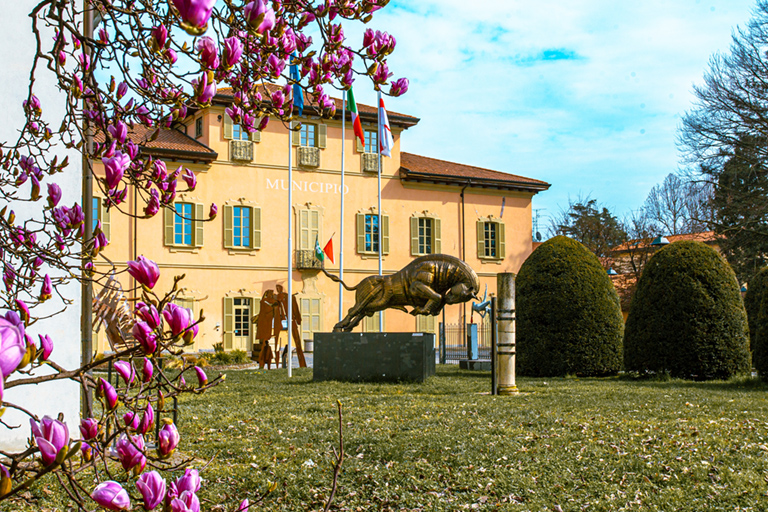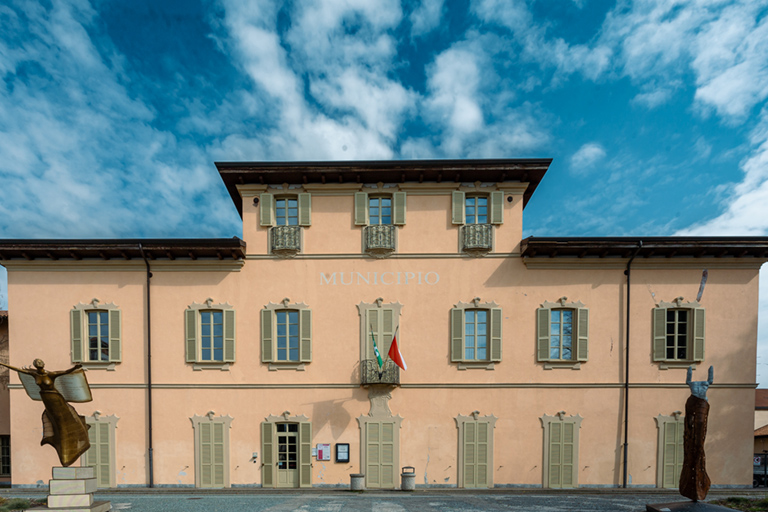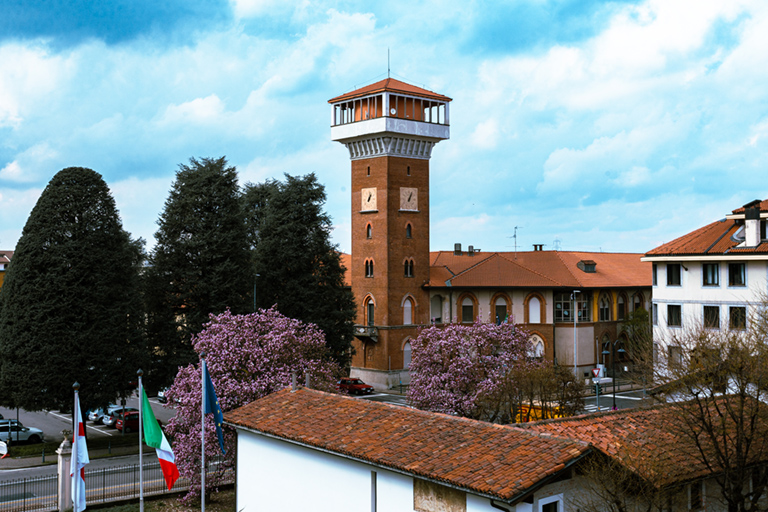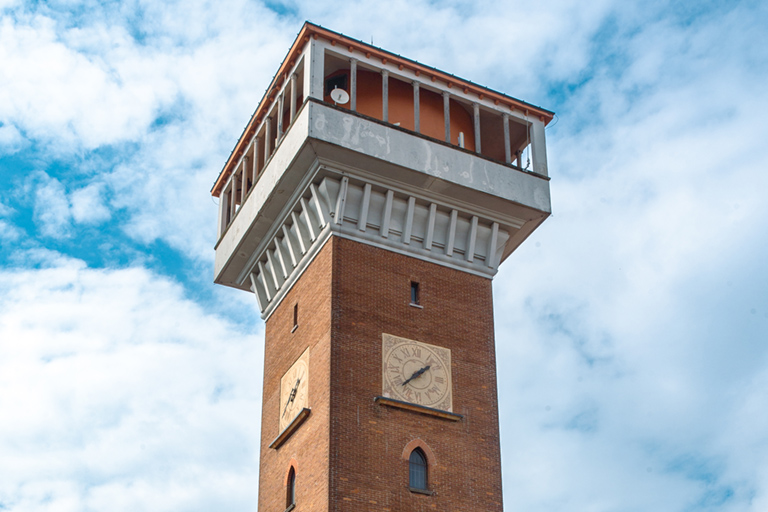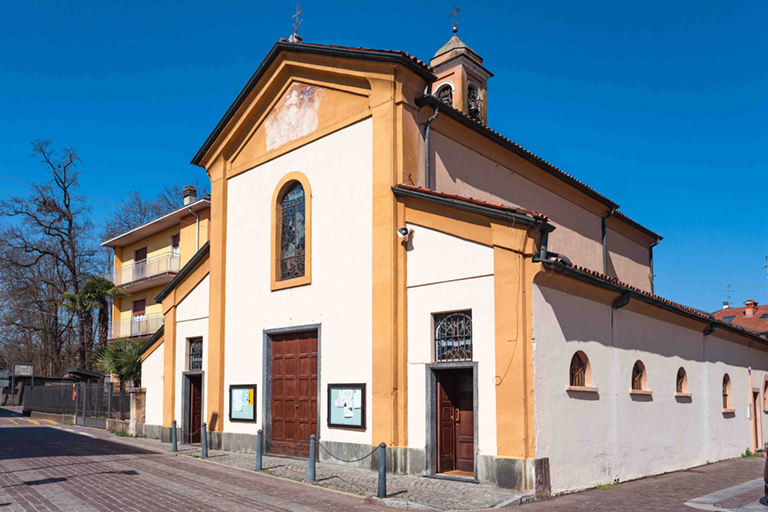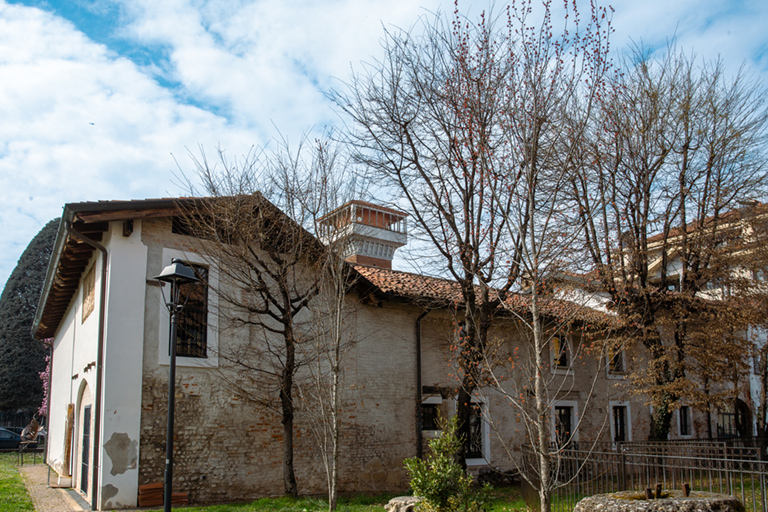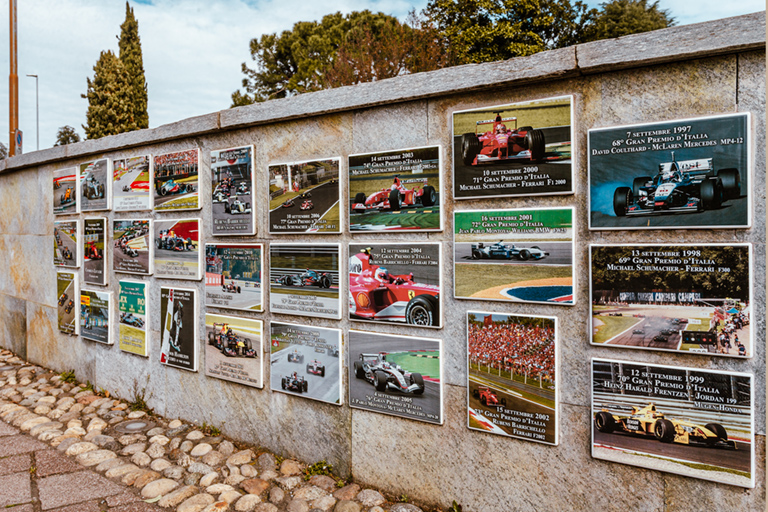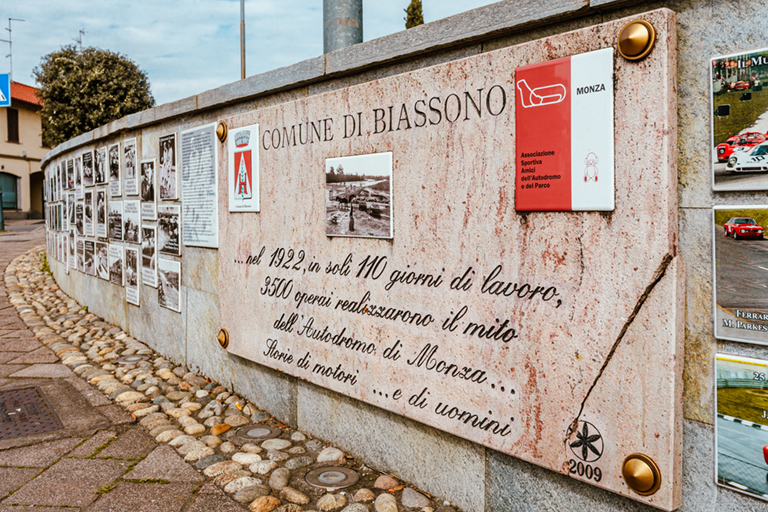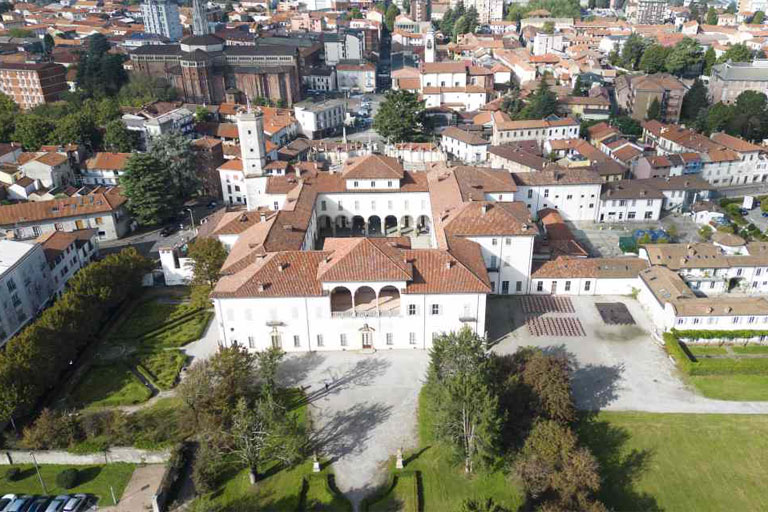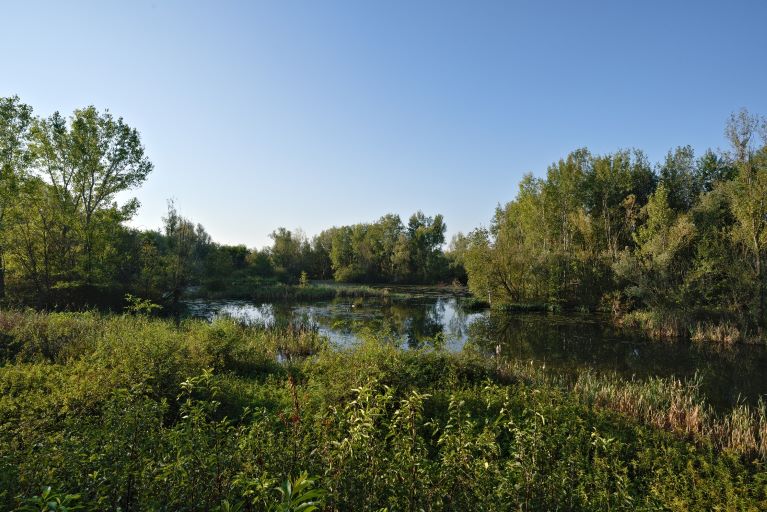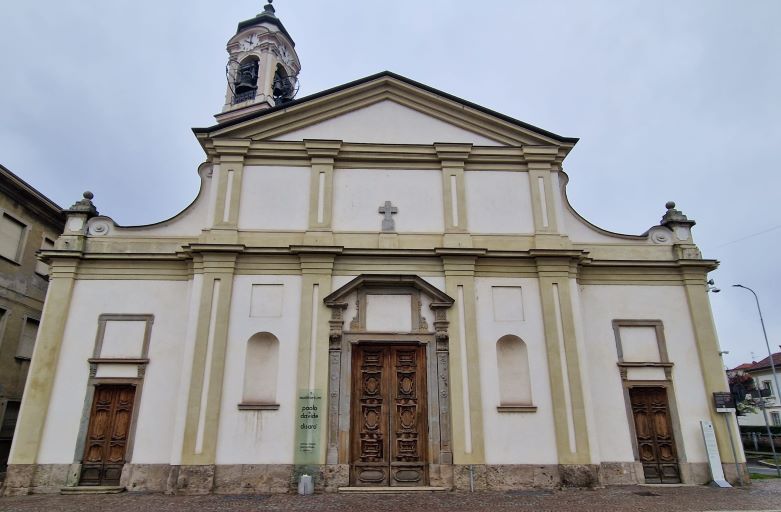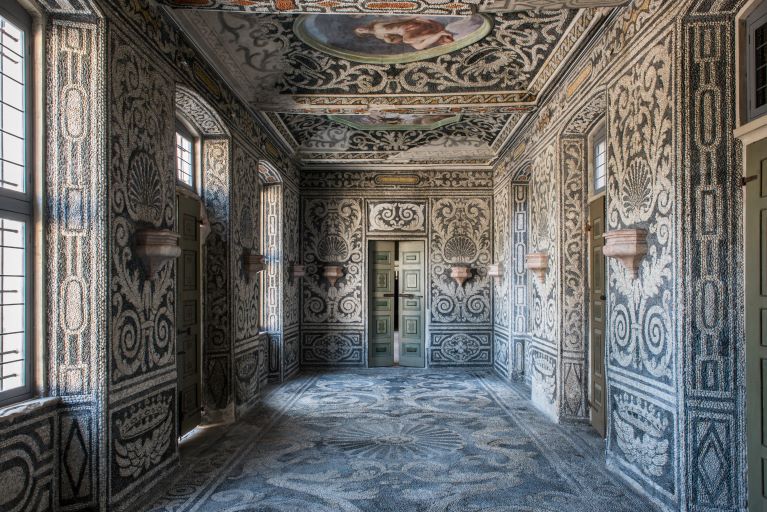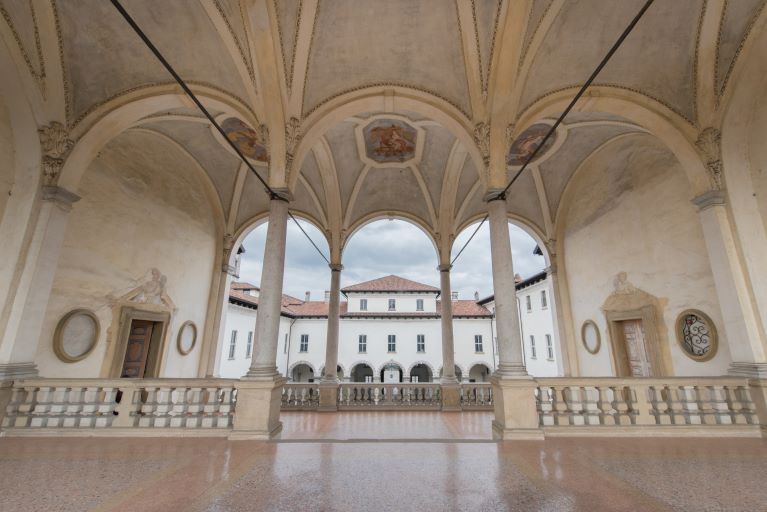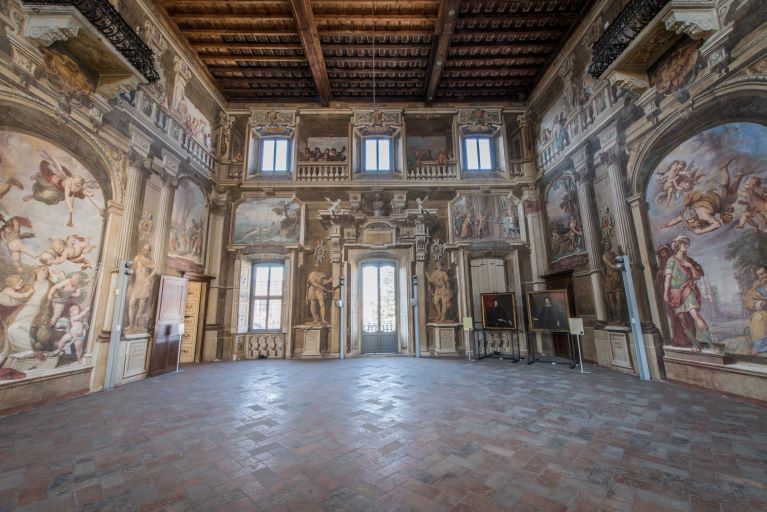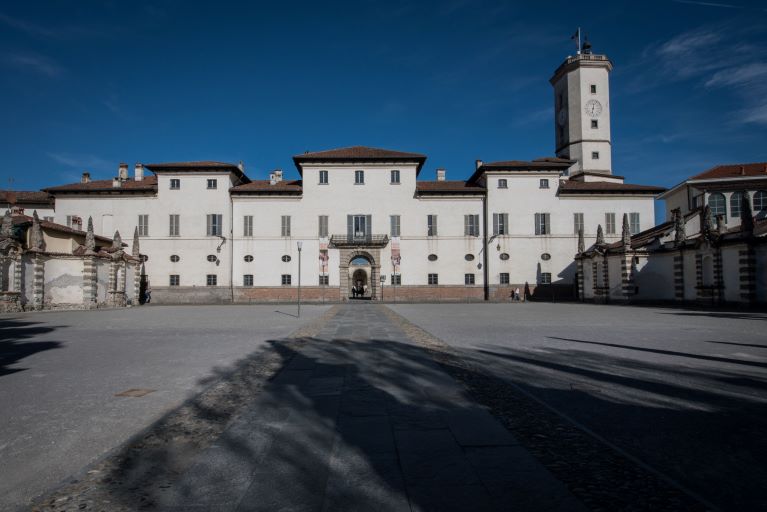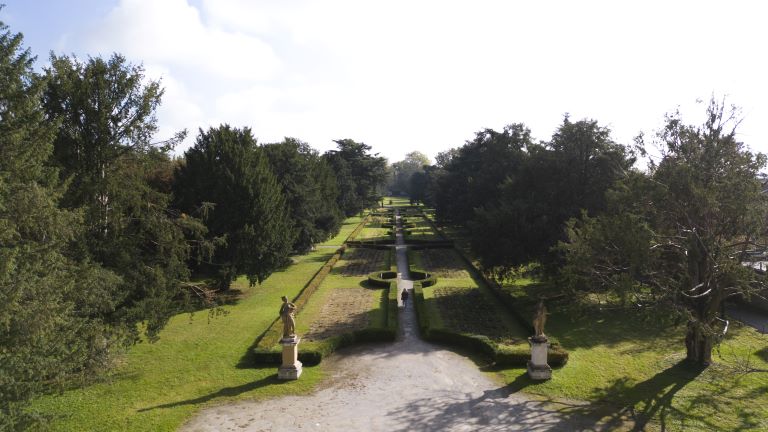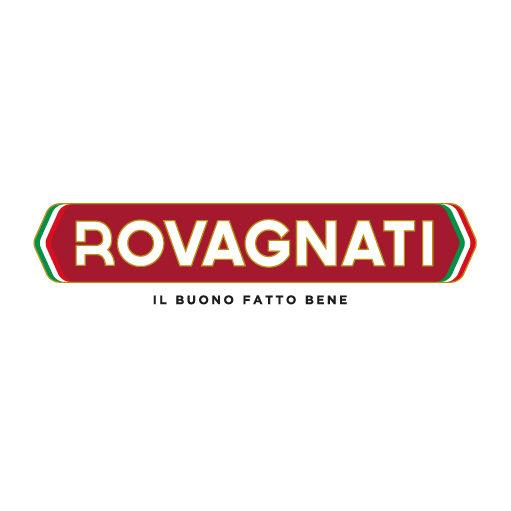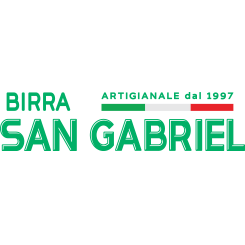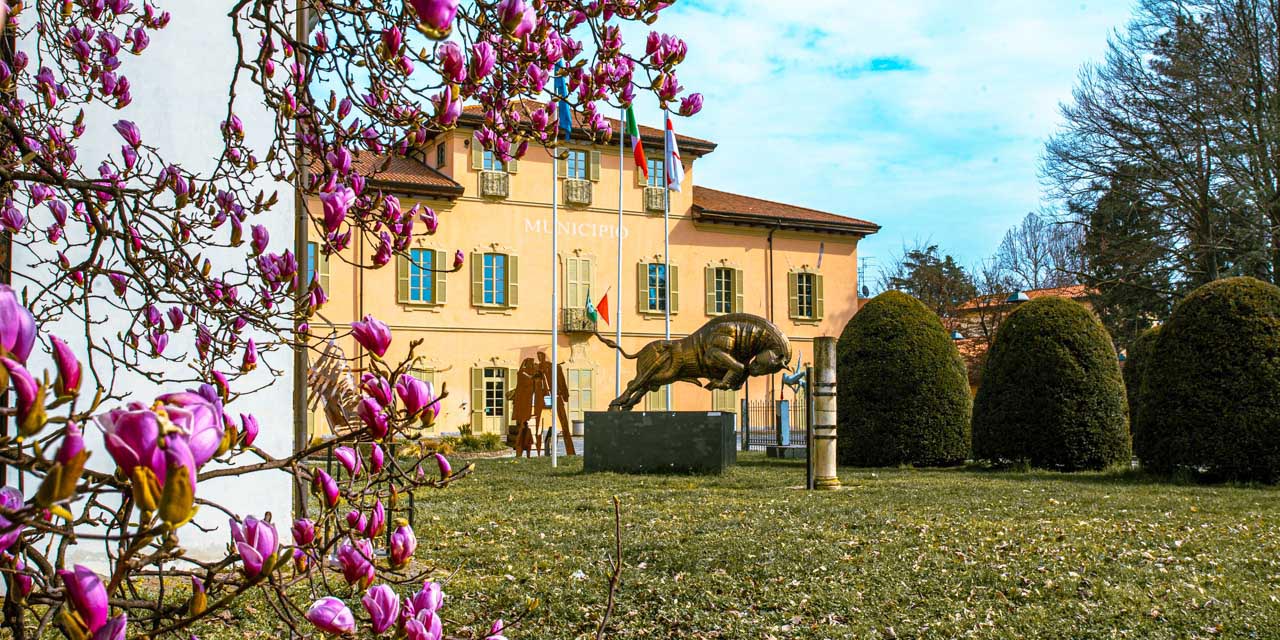
Tappa
15
Giovedì 29
Maggio 2025
52,1 km
Dislivello 250 mt
Livello Tecnico: Intermedio
Impegno Fisico: Medio

Biassono -
Cesano Maderno
Biassono - Cesano Maderno
info turistiche
Città di:
Biassono
Overview
Biassono – historically known as Blasonium and called Biasòn into the local dialect – is a district of 12.336 inhabitants, placed at 202 meters above sea level in the area of Monza and Brianza. Strategically placed between Lambro River and the Mediolanum-Bellasium way probably created by Gaius Julius Caesar in the I century B.C., Biassono takes its name from the ancient Blasonium, which could derive from Blassius, the name of a family of Cornelia gens.
Defined as vicus during the High Middle Ages in the will of Ansperto Confalonieri- Archbishop of Milan from 868 to 881, Biassono later gained the title of burgus. Since the middle of XVI century, Verri’s family started to rule the territory of Biassono by conquering several lands and properties and building the current Villa Verri, which is today the town hall. A crucial character for Biassono is Count Gabriele, who belonged to this dynasty and created the first village market. From him descend three main protagonists, essential for the culture of this age: Pietro, known as the creator of the first Milan magazine “il Caffè,” Alessandro, literatus and philosopher, and Carlo, agronomist who imported new agricultural technologies in Brianza. The inheritance went on for several years until 1900 when the last descending noble Lady Sofia Sormani-Verri sold the villa’s structures and the country buildings. In the area of Biassono, which belongs to Parco Regionale della Valle del Lambro, flows the Lambro River. The historical centre is characterised by the square hosting Villa Verri with its gardens and the Town Tower. The surrounding main landmarks are Town Museum “Carlo Verri,” Monza Park, Milan Golf Club, and the Circuit of Monza, a part of which is placed on Biassono’s area with the so-called Biassono Curve. The Wall of Circuit Legends is placed at the entrance of the circuit and is one of the main attractions for all the motorsport’s lovers. During the year there are many events among which BiassonoGP on the occasion of F1 Italian Grand Prix and San Martino Exhibition celebrating the Patron Saint on 11 November. Thanks to its proximity to Monza, Como Lake, and Lombardy’s Prealps, Biassono is the ideal place for a culture and relaxing tourism. Moreover, there is a unique bicycle track which follows Lambro River and leads to the Shrine of Cyclists at Madonna del Ghisallo’s place.
Gastronomy
Cassœula is one of the most famous dishes of Brianza’s area, a simple and typical recipe: is a nourishing main dish made of savoy cabbage and pigmeat. Its origins come from the countryside tradition when people butchered the pigmeat and no food was wasted. Accompanied by a good polenta, it becomes the most excellent dish of the local cuisine.
Milan’s rice with sliced veal shank is another typical recipe of Brianza’s cuisine: with its yellow colour thanks to the use of saffron directly cultivated in Brianza, together with the sliced veal shank and its marrow, is served in almost all restaurants in Brianza. An even more typical dish is represented by Monza’s rice, a white rice with Brianza’s sausages made of fresh pig meat, Grana Padano cheese, Marsala wine and beef broth.
Granbiscotto is the name of an excellent cooked ham produced in Biassono and resulting from the selection of the best pig tights with aromas and spices of a secret recipe, massaged up to 72 hours, slowly steamed for 12 hours and left to rest up to 4 weeks. The result is a cooked ham with a unique and distinctive fine taste, fragrance, and consistency.
Wine and beverage
‘Sgurbatel’ is the name of the red Biassono’s wine, produced in a small historical town vineyard and able to evoke the ancient age of wine in Brianza and of the oldest Biassono’s vineyard. It is a light Barbera-grape wine, organically produced in a small number of bottles for educational and historical purposes and to be enjoyed during the traditional Biassono’s celebrations.
Points of interest
Villa Verri is nowadays the place of Town Hall and was the residence of Verri Counts at the beginning of XVIII century. It is the core of the town, and, with its historical gardens, it faces the huge square Piazza Italia, which is dominated by the Town Tower with red bricks produced by Brianza’s kilns. It is the symbol of the town since its construction in the 50’s. Close to it, there is one of the most precious Lombardy’s town museums – Town Museum “Carlo Verri” – where there are many of the 2.239 Roman ancient coins founded in Biassono at the end of 70’s. In Biassono there is also the parish church entitled to the Patron Saint San Martino Vescovo, known since the XIII century. It was widened, restored, finished at the beginning of XX century, and sanctified in 1968. The village is enriched by a property of Verri’s family: Ca’ de Bossi, a historical XVII-century building with its majestic entrance door and indoor colonnade. Nowadays it is the seat of cultural activities and exhibitions.
A small pearl is represented by the village of San Giorgio al Lambro, between Lambro River and Monza Park. It is dated back to XIII century, and it became Biassono’s part in 1757. The Shrine of Madonna della Brughiera, built after the cholera epidemic in 1834, features an XVI-century canvas showing Virgin Mary with Child by Francesco Raibolini called “il Francia”. The historical vineyard was created in 2009 to re-evoke the ancient Cenacello’s vineyards, the most ancient ones in Brianza from which it results the ‘Sgurbatel’, a traditional red wine. The main attractions for the motorsport’s lovers are Monza Circuit Memorial and the Wall of Circuit Legends, where there are all the signatures of the F1 Italian Grand Prix winners besides the endurance and motorcycling leaders. Biassono embraces and surrounds Monza Park and has a strong connection with Monza Circuit, one of the most famous and ancient tracks all over the world, where every year F1 Italian Grand Prix takes place. It is open and visitable all year long and it presents a part of track entitled to our district – the Biassono Curve – which is placed immediately after the starting line.
Cesano Maderno
Overview
A strategic town between Milan and Como, Cesano Maderno is known for Villa Cusani, its lush parks, and a mix of historic and modern architecture. It offers easy access to both cultural sites and green spaces, making it an ideal stop for visitors.
Gastronomy
Cesano Maderno has a rich and flavorful culinary tradition, deeply rooted in Lombard rural heritage. The local cuisine is hearty yet simple, based on seasonal and local ingredients, perfect for warming up the colder months and delighting the palate with authentic flavors.
One of the most iconic dishes is Cassoeula, a robust, hearty stew made with savoy cabbage and various pork cuts, including rind, ribs, trotters, and sausage. According to legend, this dish was created by a young cook who sought to impress a Spanish officer by using less noble parts of the pig combined with cabbage, which only becomes sweet and tender after the first frost. Cassoeula is traditionally served with steaming polenta, making it a perfect winter dish.
Another local specialty is Büseca, a tripe-based soup enriched with beans, tomatoes, and aromatic herbs. This dish was particularly loved by farmers, as it provided high nutritional value and sustained them during long working hours. Today, it is still enjoyed during festive occasions and town fairs, keeping an age-old tradition alive.
Luganega, the typical sausage of Brianza, is an essential ingredient in Cesano Maderno’s cuisine. Made from finely ground pork seasoned with white wine, garlic, and spices, it is most famously used in Risotto alla Monzese. This golden-hued risotto, enriched with saffron, stands out for the intense flavor of Luganega, which releases its aromatic essence while cooking with the rice.
For dessert, Torta Paesana is a rustic and comforting sweet made from stale bread, milk, cocoa, pine nuts, raisins, and amaretti cookies. Originally a way to avoid waste, this cake has become a symbol of home-style Lombard baking, especially prepared during festive periods.
Another local delight is Pan Tranvai, a raisin-enriched sweet bread whose name dates back to when it was sold at tram stops as a quick energy boost for workers. Soft and moderately sweet, it pairs perfectly with a glass of red wine.
Finally, Papurott is a typical Brianza sweet polenta, made with cornmeal, milk, sugar, and aromatic flavors. Its creamy consistency and delicate taste make it a beloved comfort food, particularly during cold winter evenings.
Wine and beverage
In Cesano Maderno, as in all of Brianza, local drinks reflect rural traditions and an appreciation for authentic flavors.
One of the most iconic drinks is Vin Brulé, a hot mulled wine made from red wine, sugar, and spices such as cinnamon, cloves, and orange peel. It is especially enjoyed in winter, often served at Christmas markets and town festivals to warm the body and spirit.
Another beloved drink is Grappa, often artisanal and locally produced from grape pomace. In the past, it was considered a true elixir to withstand cold weather, and today it remains a classic digestif, served straight or infused with herbs and fruits.
The Brianza Aperitivo is also popular, often featuring the Pirlo, a local variation of Spritz, made with still or sparkling white wine, bitter liqueur, and an orange slice. This drink pairs perfectly with regional cold cuts and cheeses, making it a staple of social gatherings.
A traditional end-of-meal ritual is the Resentin, a custom where a few drops of grappa are swirled in an empty espresso cup, creating a unique aromatic blend that combines coffee and liquor.
Points of interest
Among the most significant landmarks is Palazzo Arese Borromeo, one of the grandest historical buildings in Cesano Maderno. Built in the 17th century by the Arese Borromeo family, this magnificent baroque palace features stunning frescoes and elegant furnishings, reflecting the power and sophistication of its original owners. The palace is surrounded by a vast historical park, once a formal Italian garden, now a serene retreat for visitors, ideal for strolling amidst history and nature.
Another cultural landmark is the Auditorium Disarò, a modern venue that hosts musical, theatrical, and cultural events of all kinds. A key hub for Cesano Maderno’s cultural scene, the auditorium provides a dynamic space for local and regional performances, blending music, theater, and art in a vibrant community setting.
Located in the historic center, Palazzo Arese Jacini is another notable noble residence. Built in the 18th century, this elegant structure still retains its historical charm, with ornate decorations and frescoes that showcase the refined aesthetic of its time. Today, it houses municipal offices, preserving its historical and architectural prestige. For nature lovers, the Oasi Lipu is a must-visit. This natural reserve on the outskirts of Cesano Maderno serves as a wildlife sanctuary, perfect for birdwatching and exploring local flora and fauna. Its well-maintained trails offer visitors a chance to immerse themselves in nature, providing a peaceful escape from urban life while discovering the biodiversity of the region.
Lastly, an important spiritual and historical site is the Santuario della Madonna delle Grazie, also known as Santa Maria della Frasca. This charming 15th-century sanctuary, located in a picturesque setting, has long been a pilgrimage destination. It is renowned for its fresco of the Madonna delle Grazie, which, according to local tradition, has performed numerous miracles. The sanctuary remains a place of devotion, attracting many worshippers and visitors seeking moments of reflection and prayer.


